
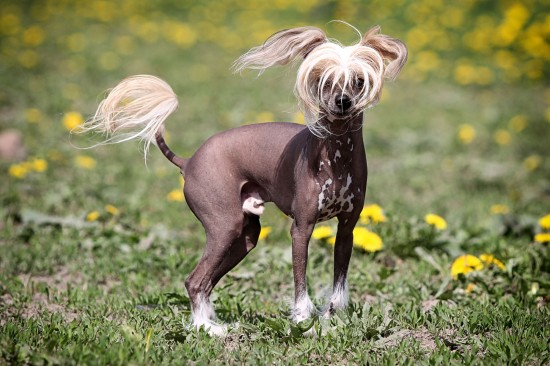
The hairless variety of the Chinese Crested dog is quickly rising in popularity within the UK, and various other hairless dog breeds such as the Mexican Hairless dog and the Peruvian Inca Orchid are slowly becoming more common within the UK as well.
Many dog lovers who are prone to dog allergies find that a hairless dog is a good choice of pet for them, as these dogs do not shed hair laden with dander and allergenic proteins around the home as much as most other dogs do.
However, some people who like the appearance of hairless dogs are put off considering ownership of one out of concern that they will be exponentially harder to care for, or more prone to skin problems than other dogs. While it is true that the care of the skin of a hairless dog is rather different to caring for a dog with a coat, it does not necessarily have to be more difficult per se, and in some ways, can in fact be easier as there is no coat to contend with or brush!
Read on to learn more about how to care for the coat of the hairless dog, plus some of the special considerations to bear in mind regarding their general wellbeing.
While dogs with fur require brushing and grooming, hairless dogs require a rather different skincare regime! The lack of a layer of protective fur over the skin means that hairless dogs can be prone to becoming rather more grubby than most, and also absorbing pollutants and toxins through the skin.
Sebum and shed skin cells are usually wicked away from the skin and then naturally shed on dogs with fur too, but on hairless dogs, these shed skin cells remain on the surface of the skin. This can lead to pore blockages and minor skin issues such as spots and blackheads, which may also require intervention!
Hairless dogs need to be bathed regularly, to remove dirt, grease and the build-up of dead skill cells. This can either take the form of an actual bath or shower, or by means of sponge bathing the dog. Take care to use a very mild shampoo with a neutral pH, to avoid irritating the dog’s skin.
If your hairless dog is prone to spots or blackheads, you may have to deal with these as well! However, with regular bathing and a good cleaning routine, spots and blackheads will not generally be a regular occurrence.
Regular bathing is necessary to remove dead skin cells, grime and toxins from the skin, but it can also serve to strip the natural oils and lubricants that are necessary to keep the skin healthy and comfortable, so the hairless dog may require supplemental moisturisers after a bath!
Hypoallergenic moisturisers that are non comodogenic (will not block the pores or stop the skin from breathing) are the best choice for this, and it is important to steer clear of barrier creams, heavy lotions and anything else that is not quickly absorbed into the skin. The hairless dog’s skin should never feel greasy or oily due to the application of moisturiser; keep it light!
The lack of a protective coat means that hairless dogs may be prone to catching the sun and even burning during the hotter weather, so you must make provision to protect their delicate skin from the harmful effects of UV rays. You will need either to apply a sunscreen cream to the body, or use a lightweight cotton coat to cover the trunk, and apply sunscreen to the exposed extremities.
Again, use a hypoallergenic sunscreen, and one that is mild and non-toxic. Sunscreens designed for children are often the best choice.
While the lack of a heavy fur coat can be an advantage for keeping a hairless dog cool during the summer months, in the winter, these dogs really feel the cold! The lack of a coat makes it harder for hairless dogs to regulate their own body temperatures, and it is important for the owner of a hairless dog to make allowances for this.
The temperature inside of the home should always be comfortably warm and uniform; heating that is turned off at night during the winter will cause hairless dogs to get uncomfortably cold unless they are kept warm by another method! You can buy a range of doggy jumpers, coats and rugs for both indoor and outdoor usage, to help the hairless dog to keep warm enough, both when in the house and when out on walks.
You may even wish to buy special waterproof dog booties for use during cold and rainy weather, to protect your dog’s paws from ice and cold and to help them to keep their body temperature up.
If you enjoy being warm and are not frugal with your heating during the winter months, a hairless dog will probably be quite at home with you!
Temperature consistency is important too, so if you are taking your hairless dog out for a walk in the cold weather, make sure that they are well wrapped up when going from the warmth of the home to the cold outside, and keep an eye on how the dog is managing with the cold when you are out on walks.
We all know that eating a healthy, balanced diet is important for having healthy skin in people, and the same is true for dogs of all types, but hairless dogs in particular. Make sure that your dog is fed a complete balanced diet, and this should help to enhance the condition and health of their skin.
The skin (and the coat) are often the first area to show signs of dietary insufficiencies, and dry, flaking skin, dull skin, or irritated spots and flare-ups in the hairless dog may well be caused by some element of their diet being unsuitable for their needs.
 Measure Your Dog For A Harness In 5 Easy Steps
Measure Your Dog For A Harness In 5 Easy Steps
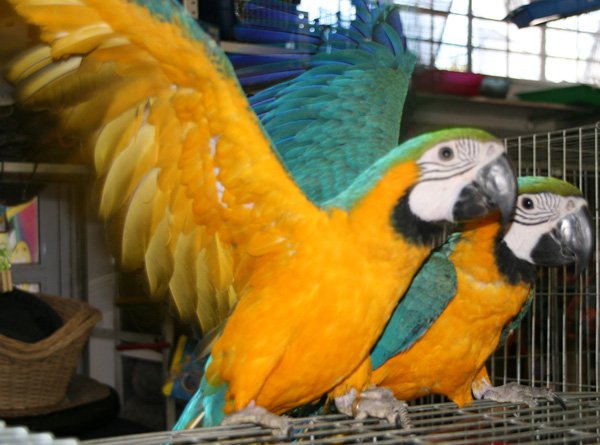 Adopt A Dog To Have The Most Loving And Faithful Pet By Your Side
Adopt A Dog To Have The Most Loving And Faithful Pet By Your Side
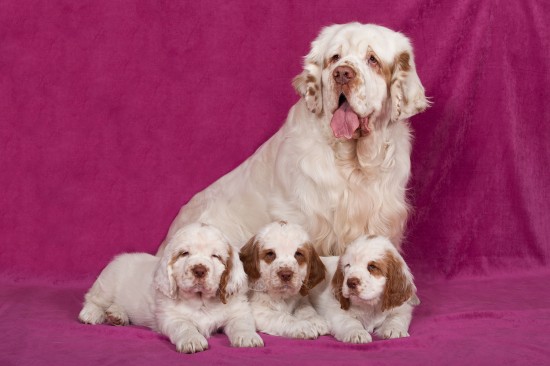 Clumber Spaniel Genetic Diversity And Hereditary Health
Clumber Spaniel Genetic Diversity And Hereditary Health
 Cruelty To Animals (dogs), Part I
Cruelty To Animals (dogs), Part I
 The Benefits Of Feeding The Right Diet To Cats According To Their Ages
The Benefits Of Feeding The Right Diet To Cats According To Their Ages
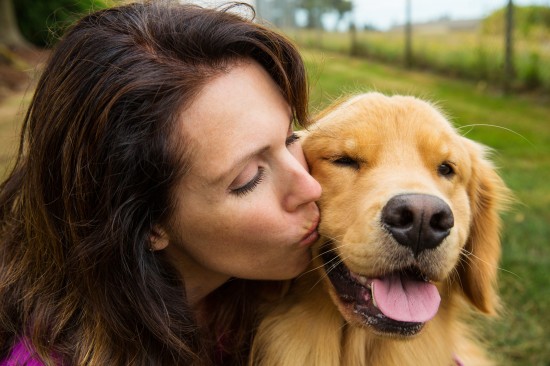 How Long Will It Take For A Dog To Bond With A New Owner?
How Long Will It Take For A Dog To Bond With A New Owner?
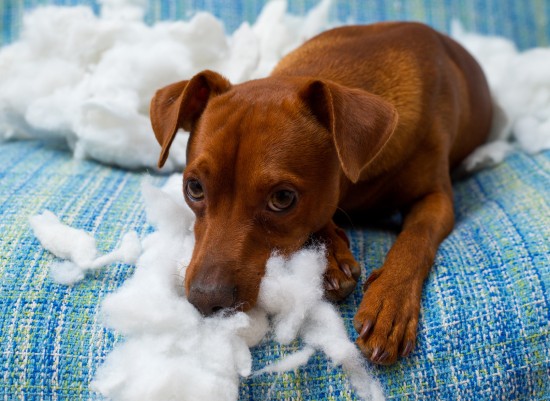 Canine Pica - Dogs That Try To Eat Everything
Canine Pica - Dog
Canine Pica - Dogs That Try To Eat Everything
Canine Pica - Dog
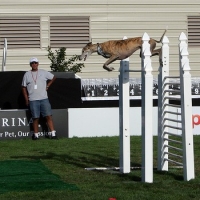 Who Else Wants A Easy Way To Teach Your Canine Tricks
Do you want your canine to perform tricks in front of fa
Who Else Wants A Easy Way To Teach Your Canine Tricks
Do you want your canine to perform tricks in front of fa
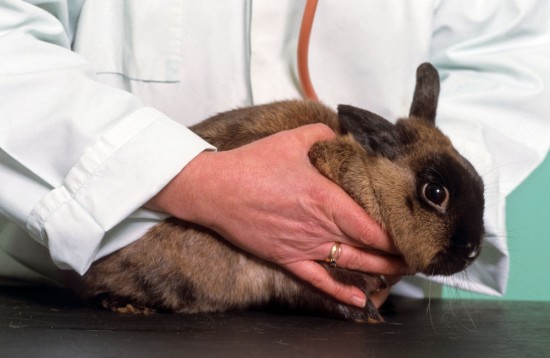 Fly Strike In Rabbits
Fly Strike In Rab
Fly Strike In Rabbits
Fly Strike In Rab
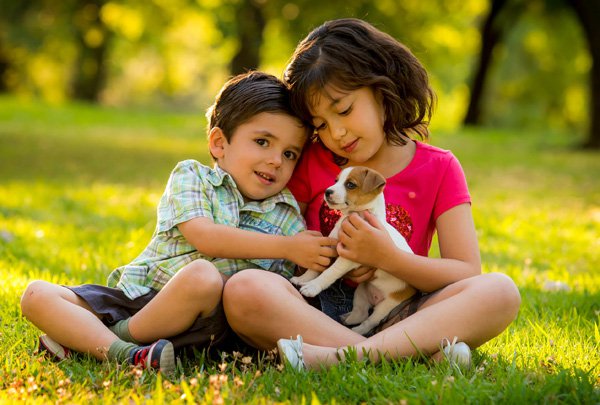 The process of moving to Singapore with dogs- what you need to know
The process of moving to Singapore with dogs- what you nee
The process of moving to Singapore with dogs- what you need to know
The process of moving to Singapore with dogs- what you nee
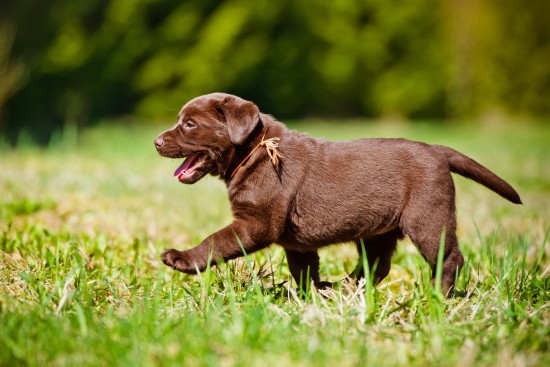 Dogs That Need Close Or Constant Supervision
Dogs That Need Cl
Dogs That Need Close Or Constant Supervision
Dogs That Need Cl
Copyright © 2005-2016 Pet Information All Rights Reserved
Contact us: www162date@outlook.com